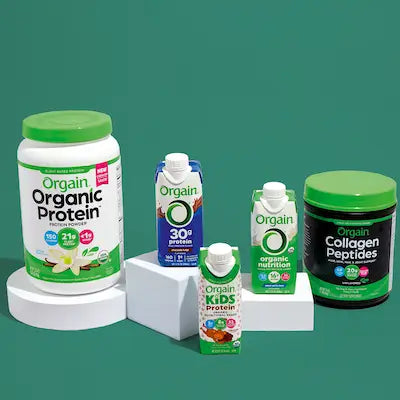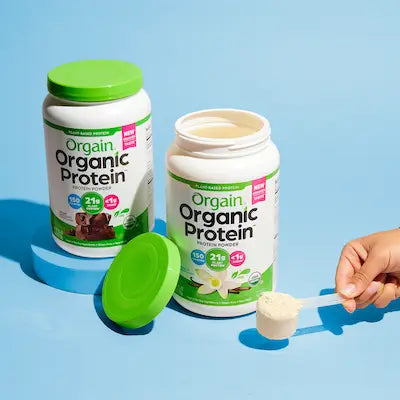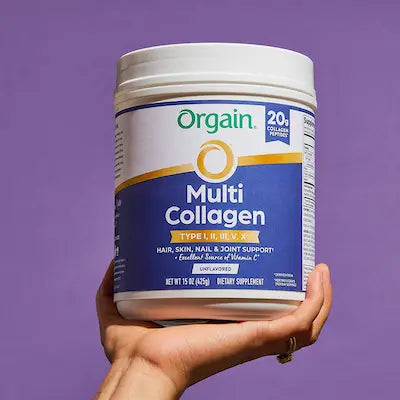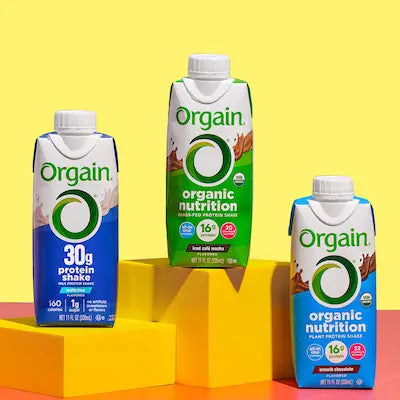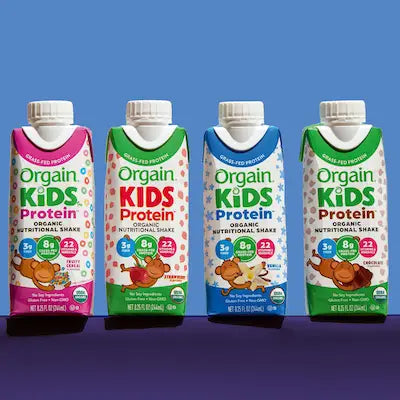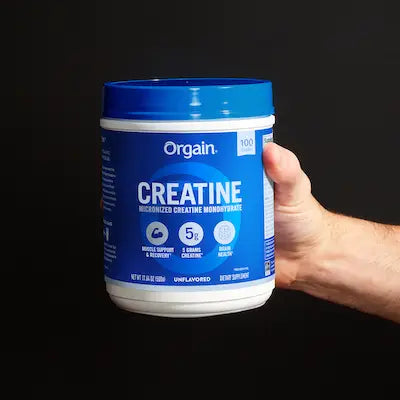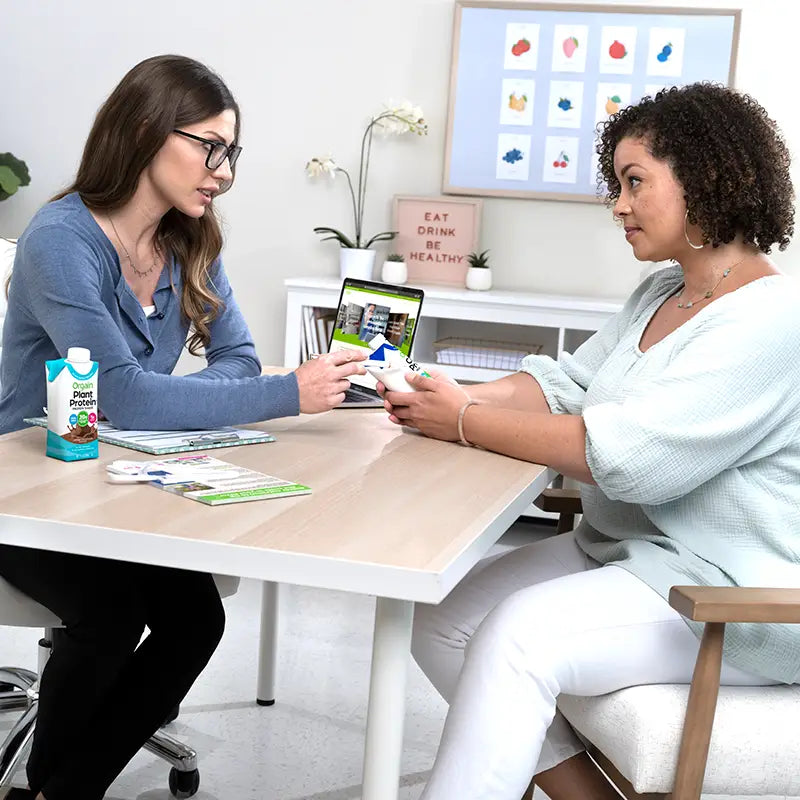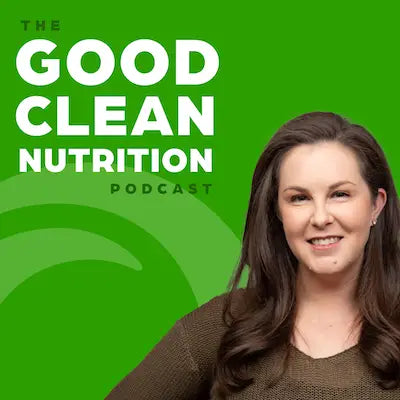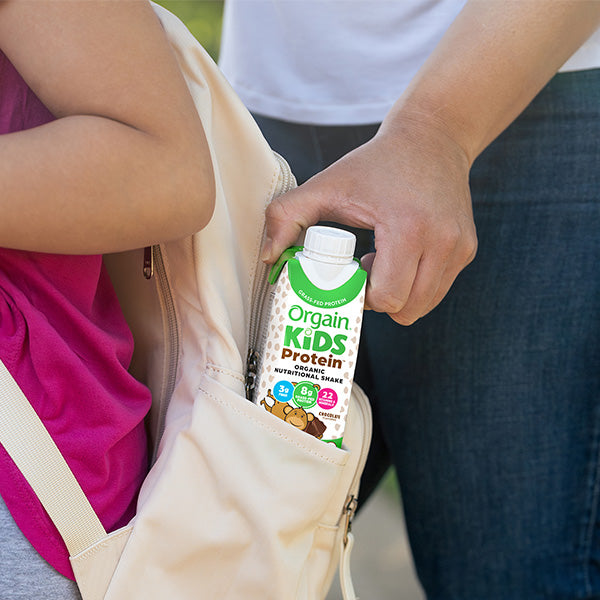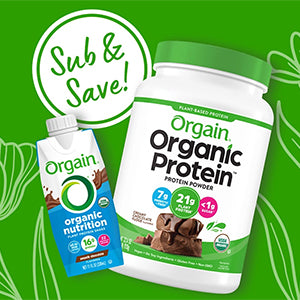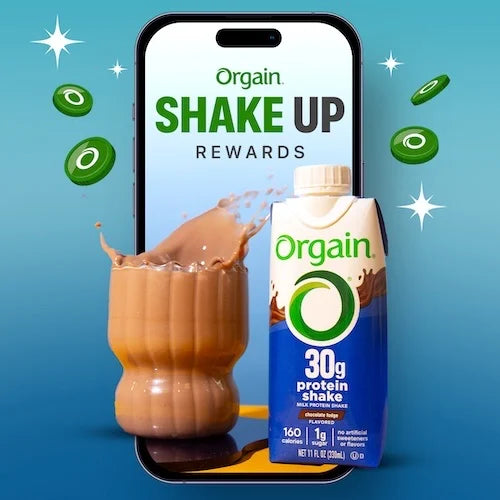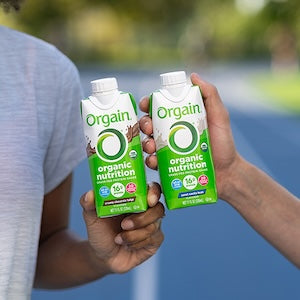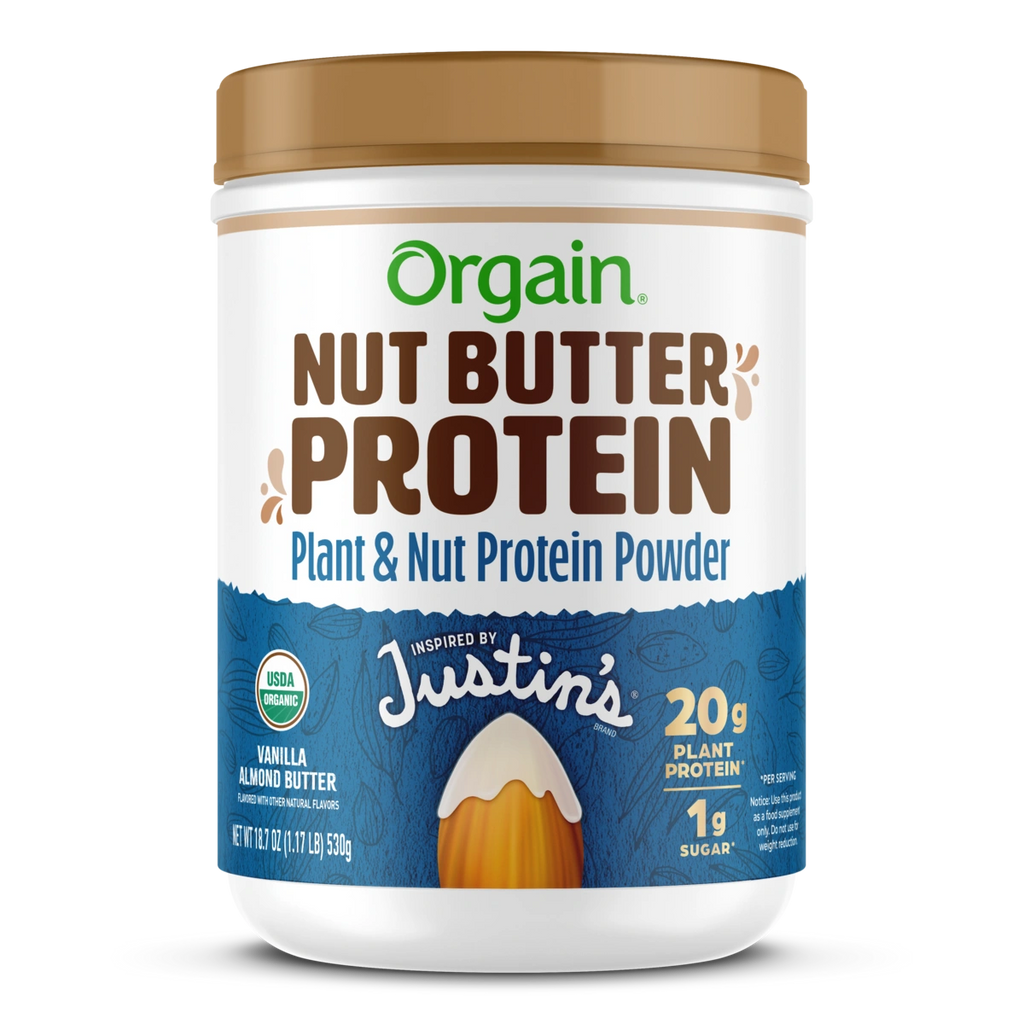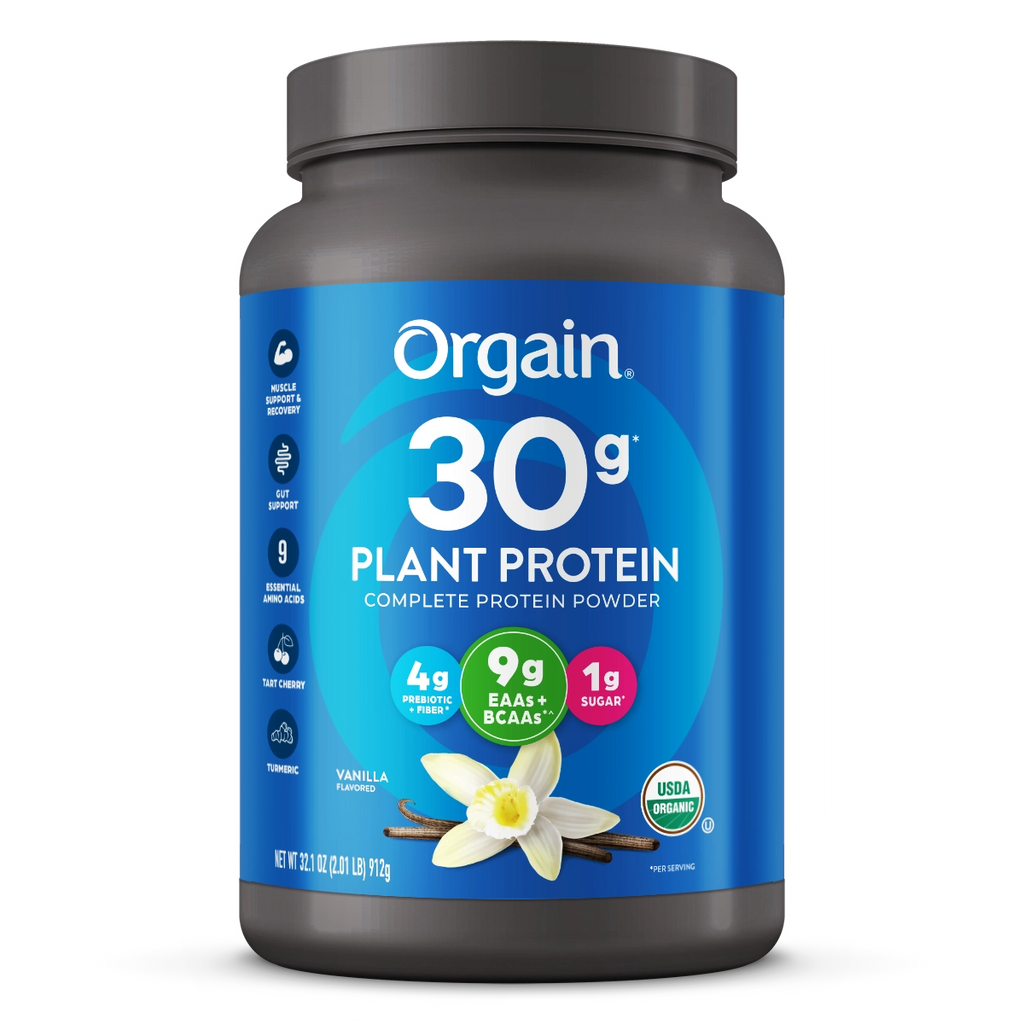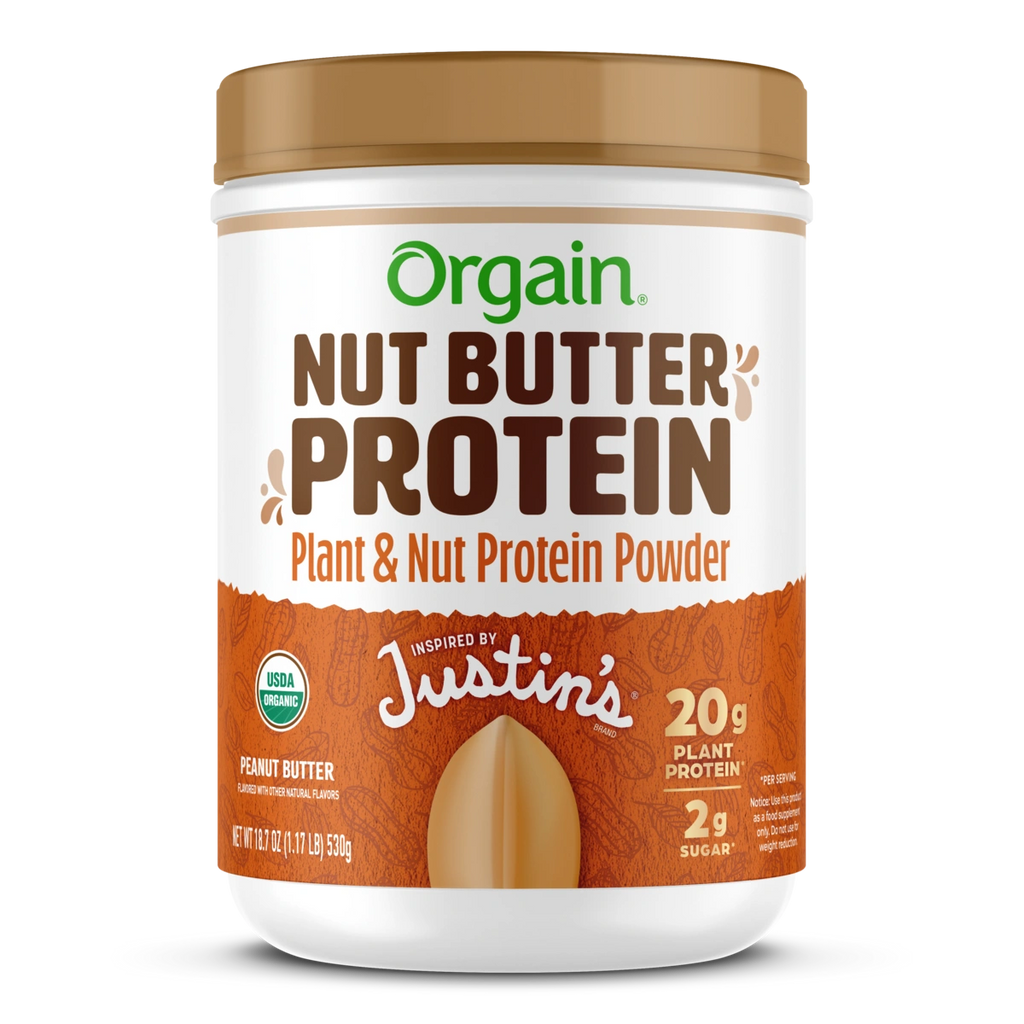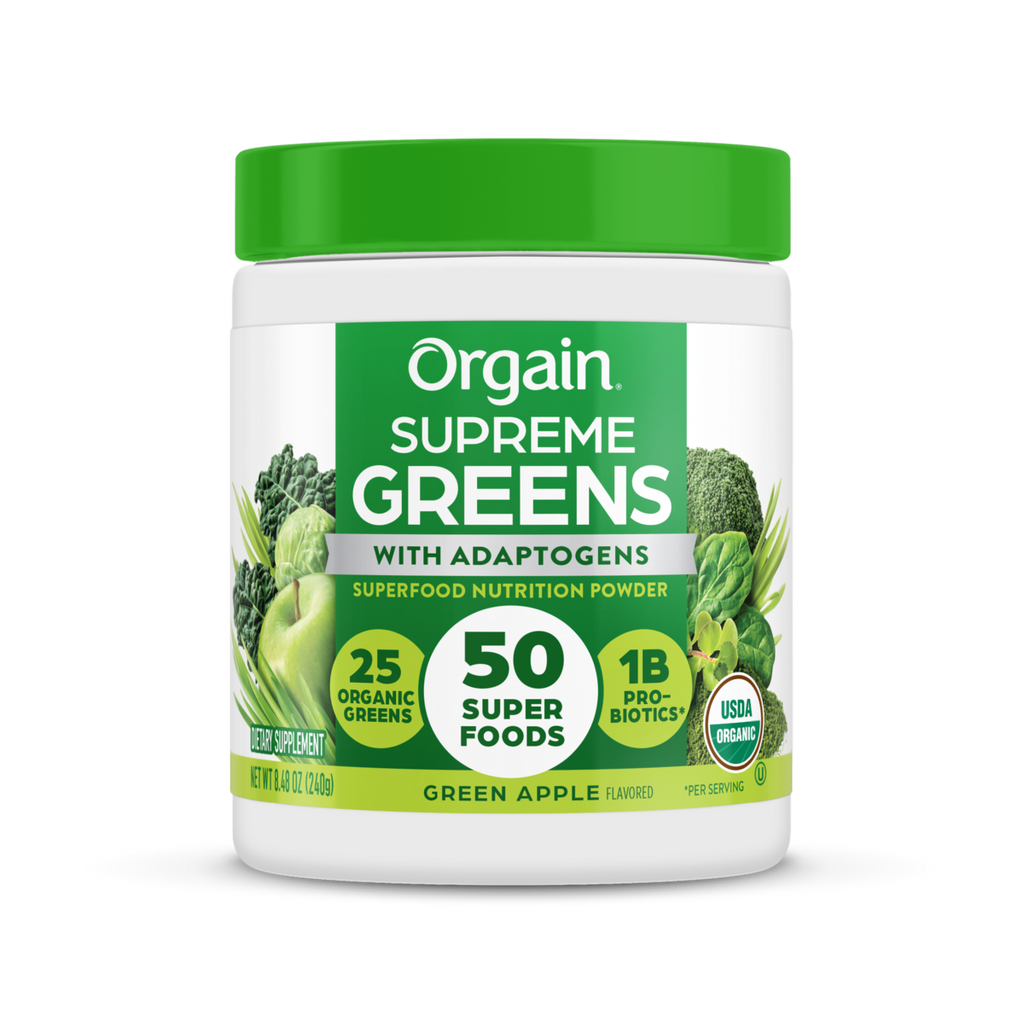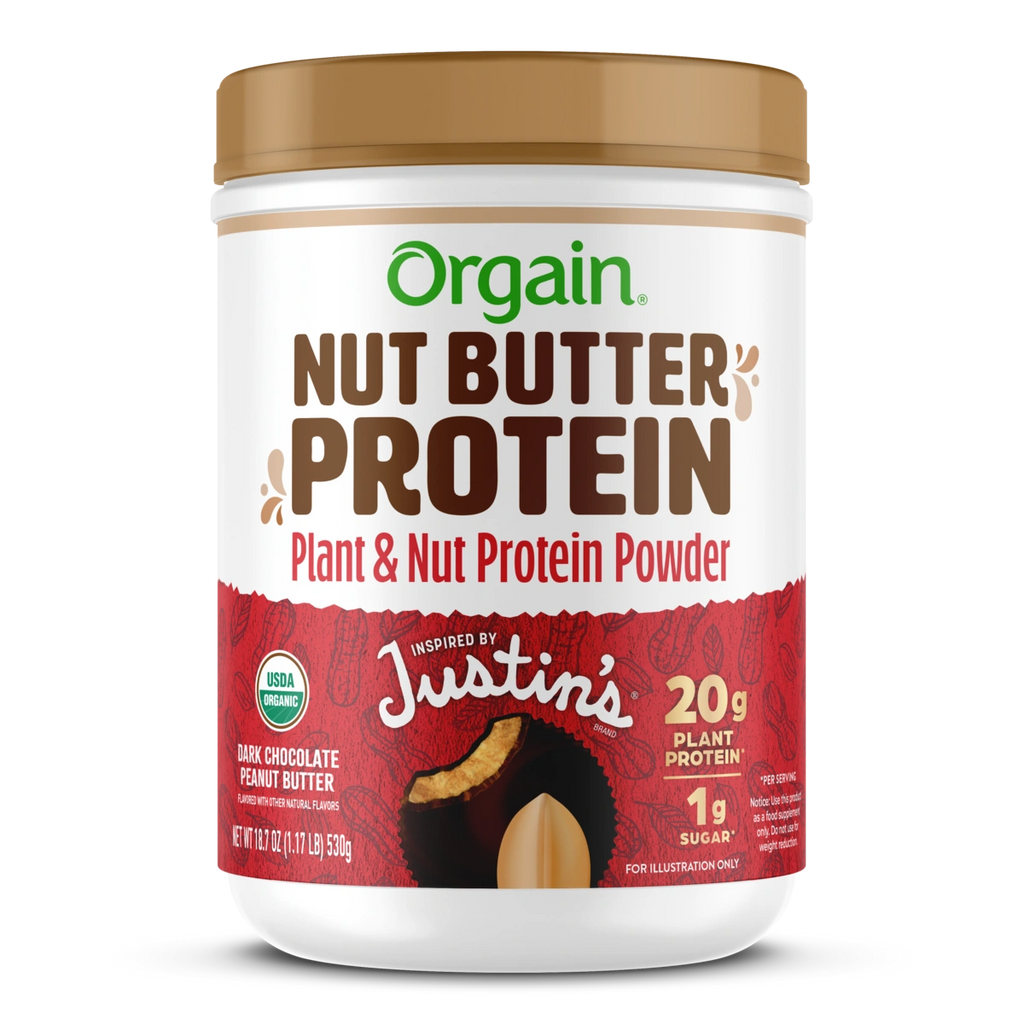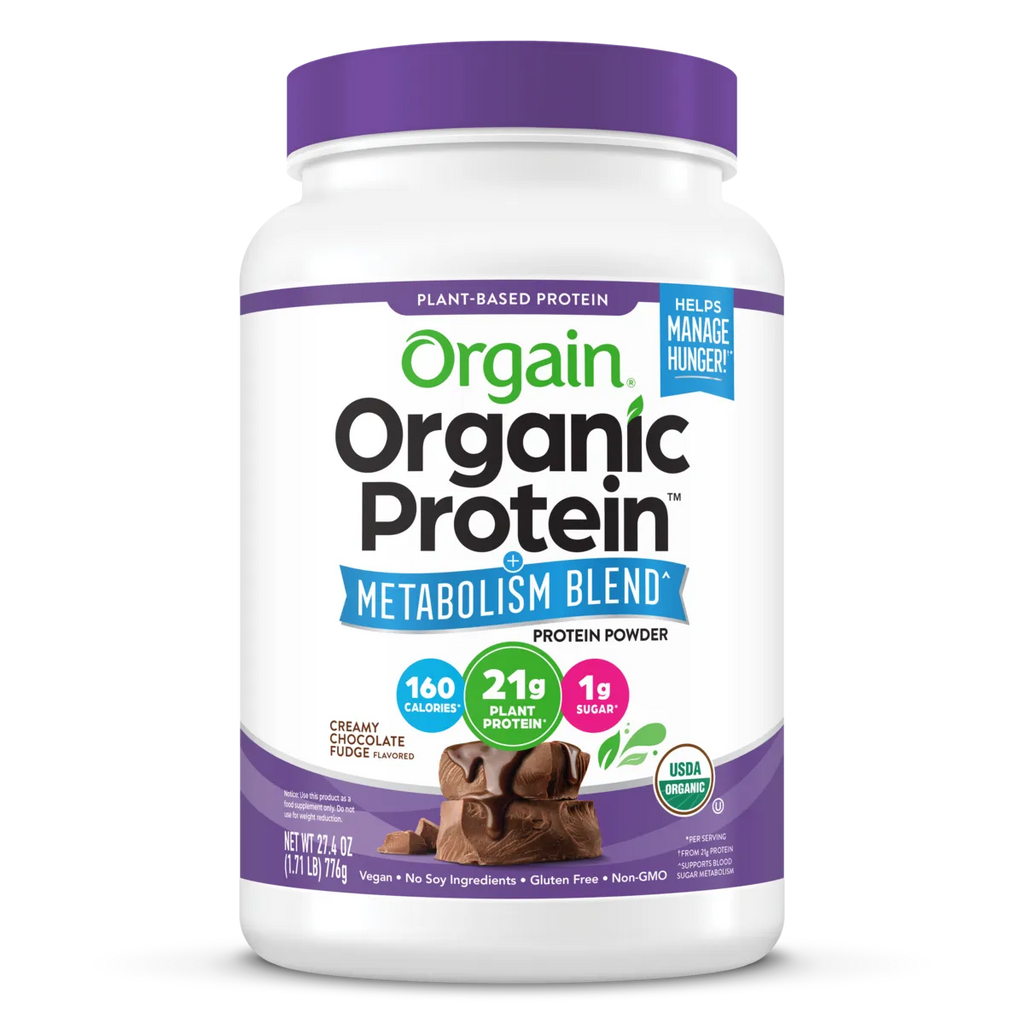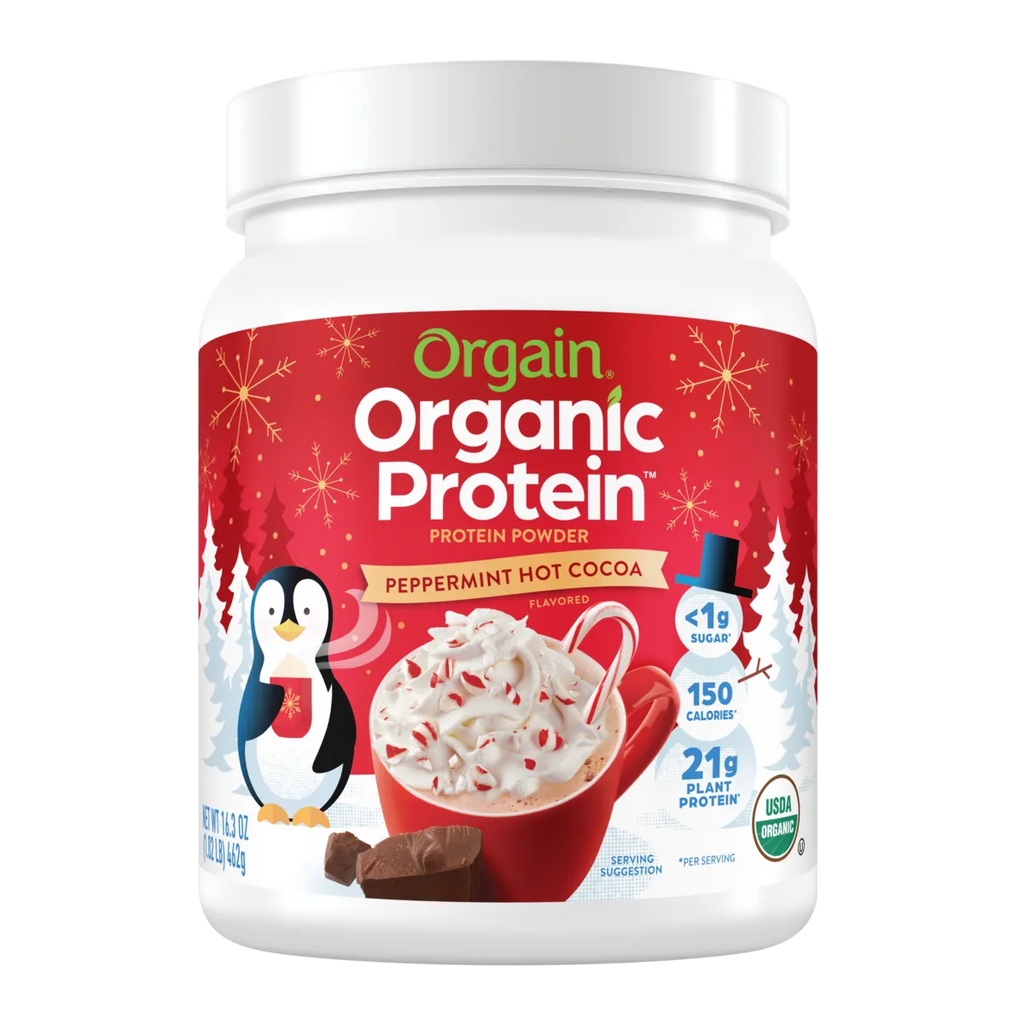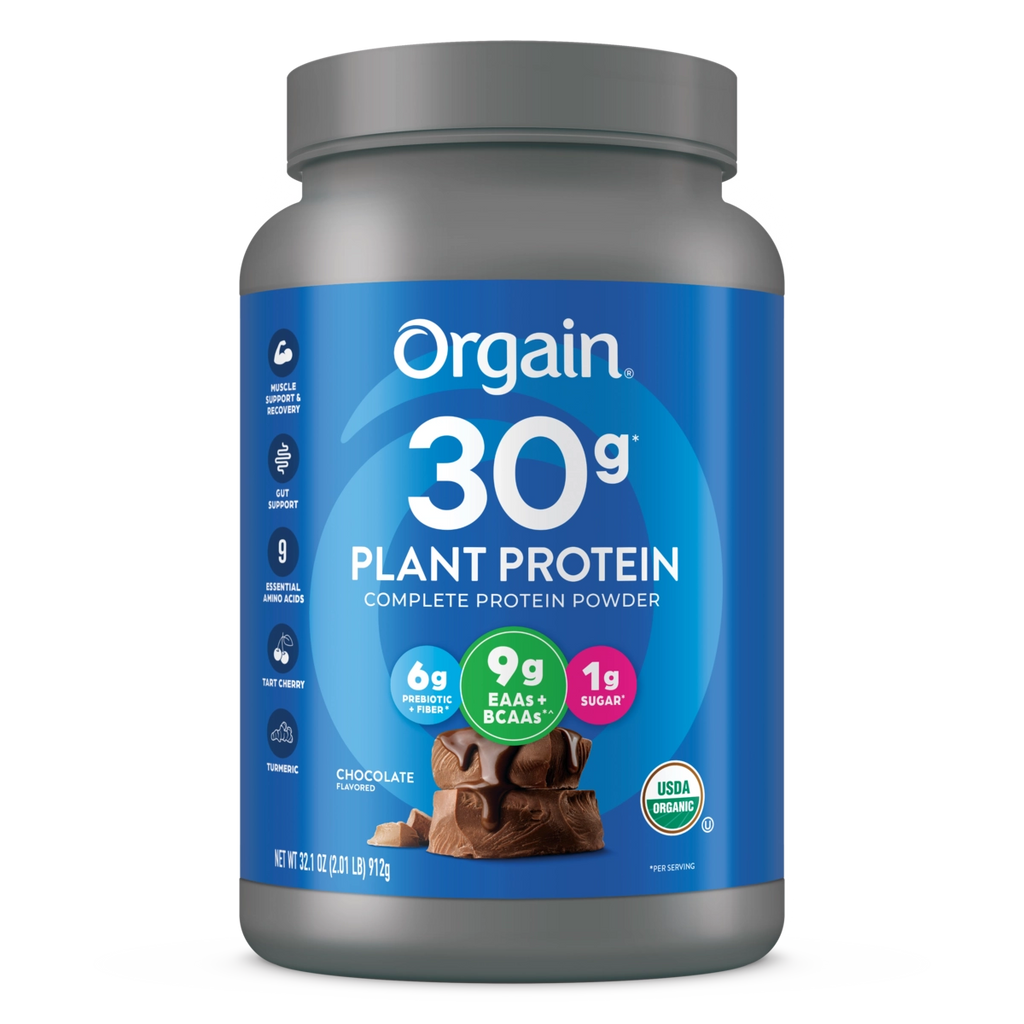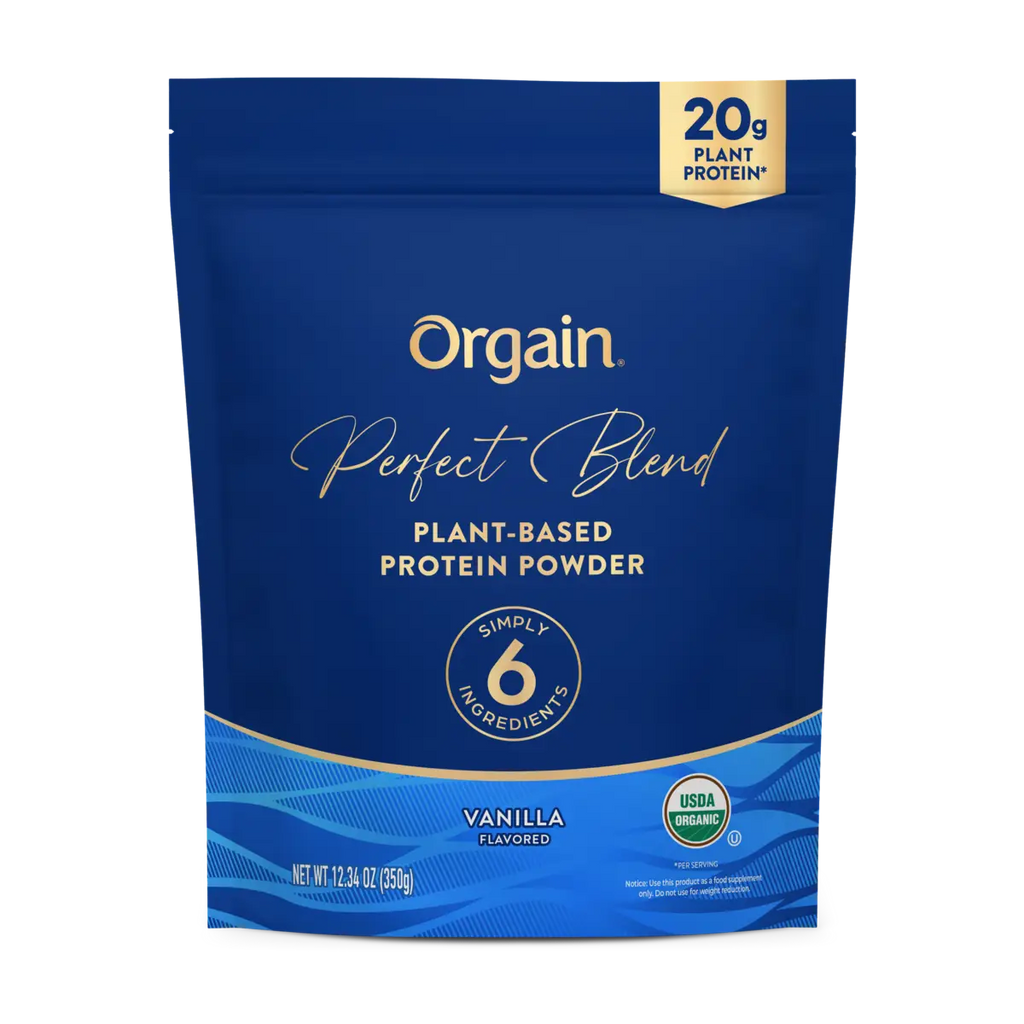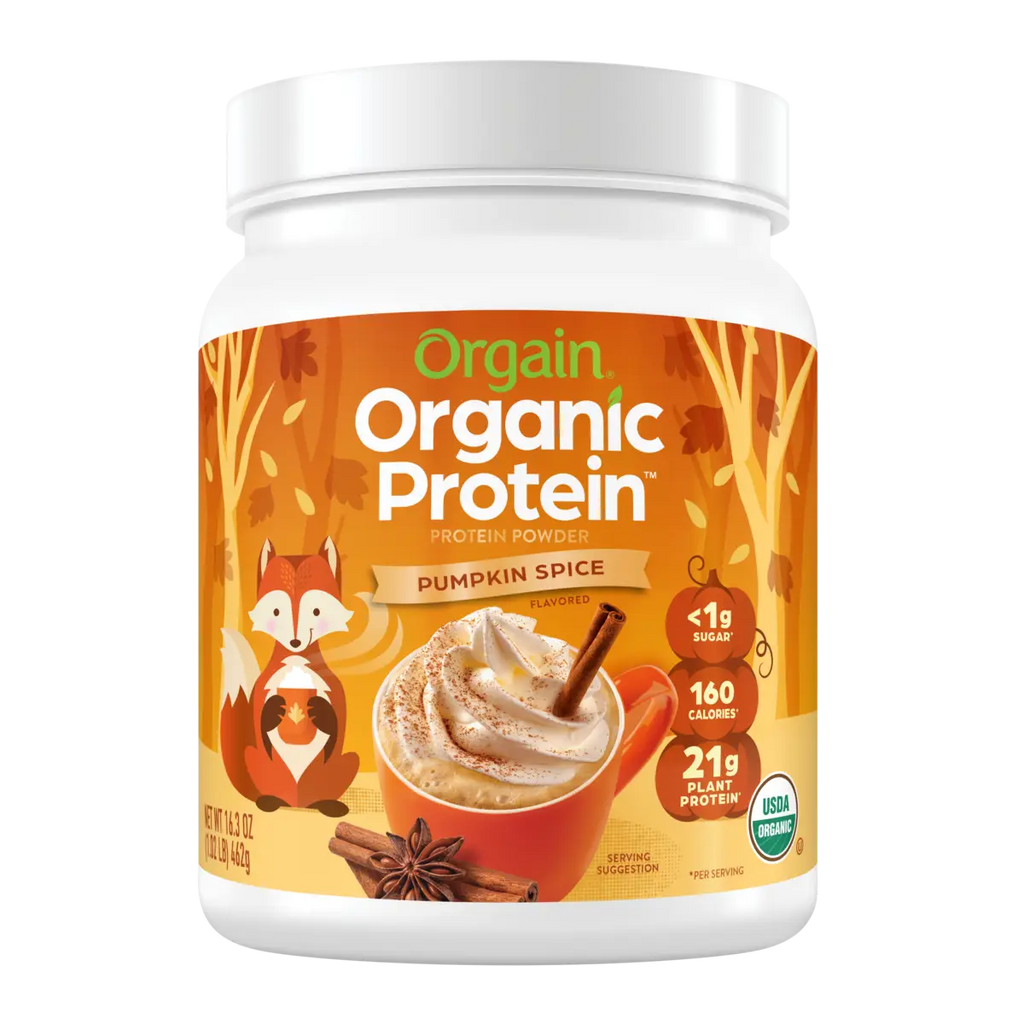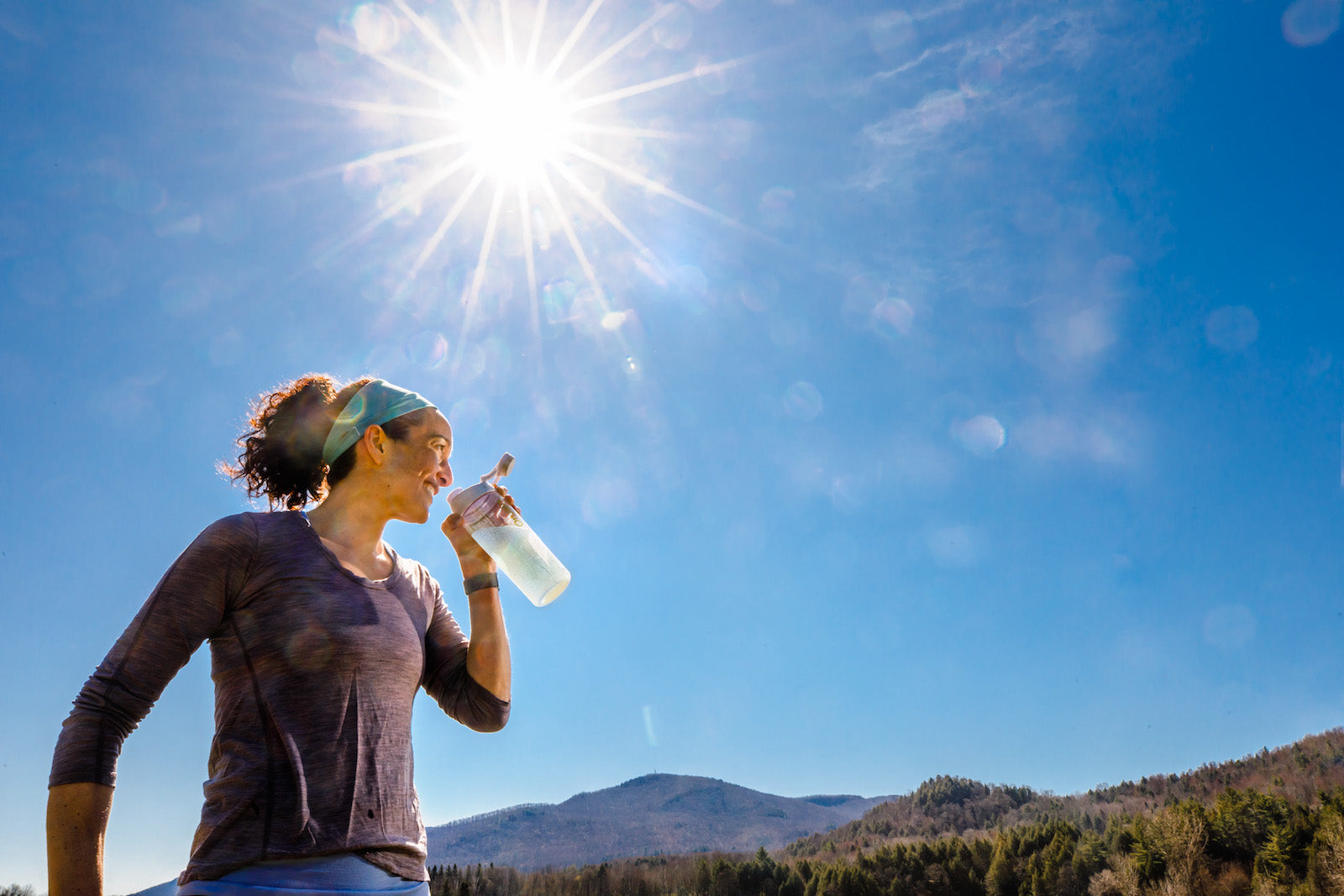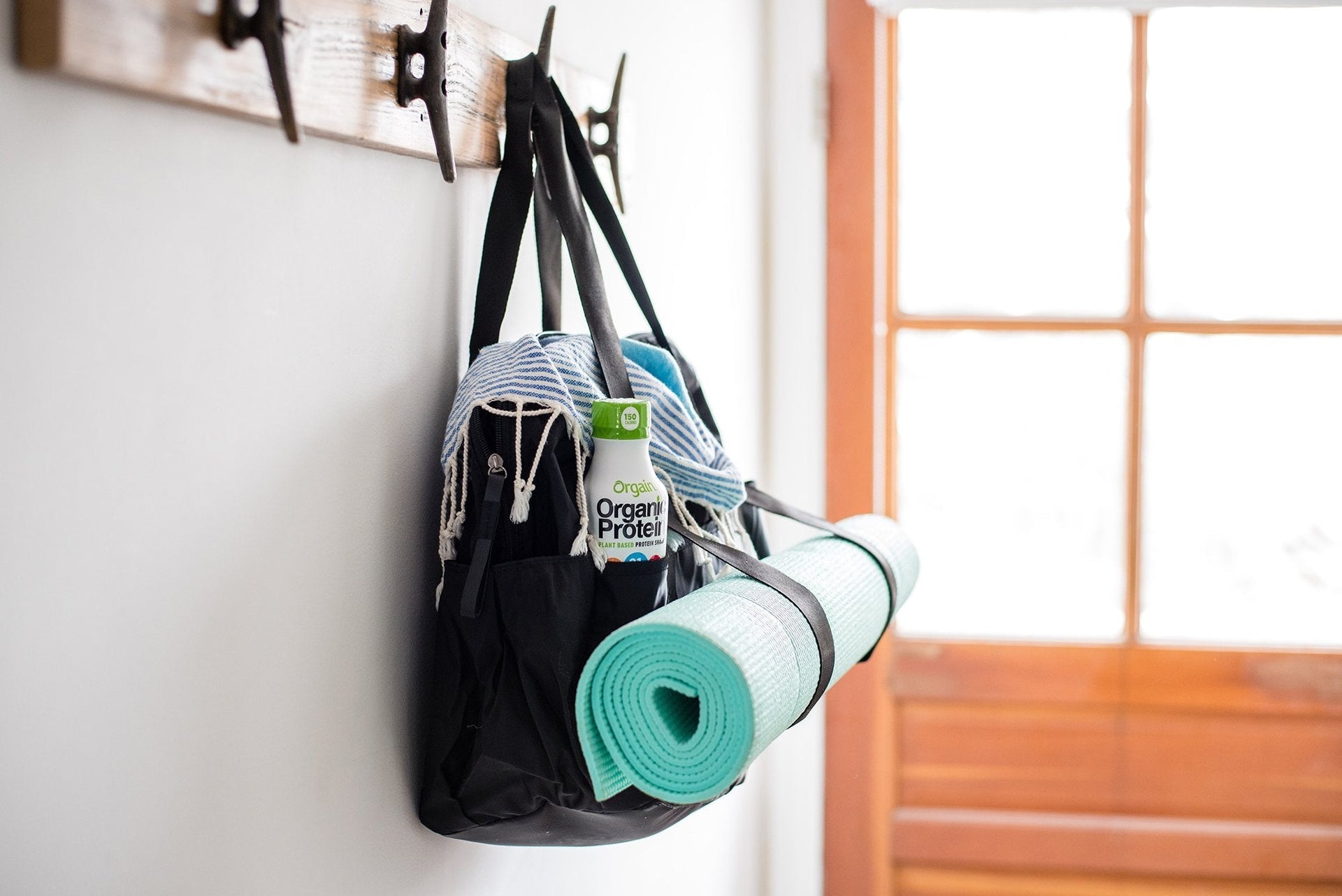- Artificial colors. Those neon colors have to come from somewhere, and it’s definitely not from nature. Red 40. Blue 1. Yellow 6. If there’s a color + number listed in the ingredients of your drink, you can be sure it was made in a lab.
- Sucrose acetate isobutyrate. Trying saying that 5 times fast. Sucrose acetate isobutyrate is an emulsifier, which means it helps mix water and fat. In the case of your beverage, it is used to distribute and suspend the flavor oils in the drink. It's made by combining sucrose (sugar) with the chemicals acetic anhydride and isobutyric anhydride.
- Modified food starch. Modified food starch is made by physically, enzymatically or chemically altering starch. Modified starches are usually used to thicken, stabilize or emulsify foods. By changing the starch’s properties, food scientists are able to create products that withstand extreme temperatures (excessive heat or freezing, for example) and increase the shelf life of the desired property (for example, it will keep emulsifying for a longer time than a beverage that does not include a modified starch).
- Sugar! One 20oz. bottle of the leading sports drink has a whopping 8.5 teaspoons (34g) of sugar in it. When was the last time you dropped 8.5 teaspoons of sugar into your cup of coffee or tea?
- Acesulfame potassium. If you’re trying to avoid the excess sugar and higher calories of the traditional sports drinks by choosing the low-cal versions, you’re likely to see this artificial sweetener on the label. Acesulfame potassium (also called acesulfame-K) contains no calories and is 200 times sweeter than sugar. The Center for Science in the Public Interest warns against consuming acesulfame potassium due to a lack of rigorous scientific evidence that it is safe.
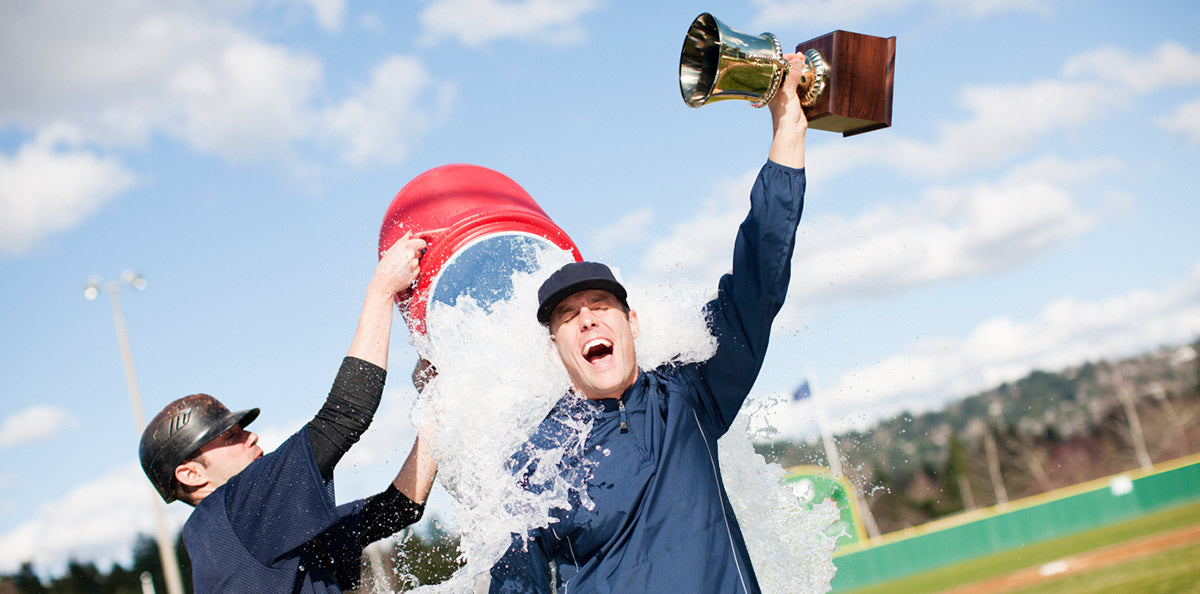
Weight Management
5 Things that Don’t Belong in Your Sports Drink
August 24, 15
